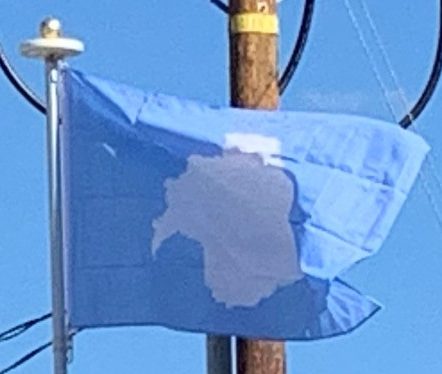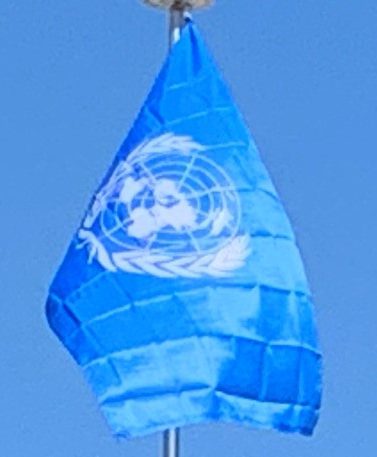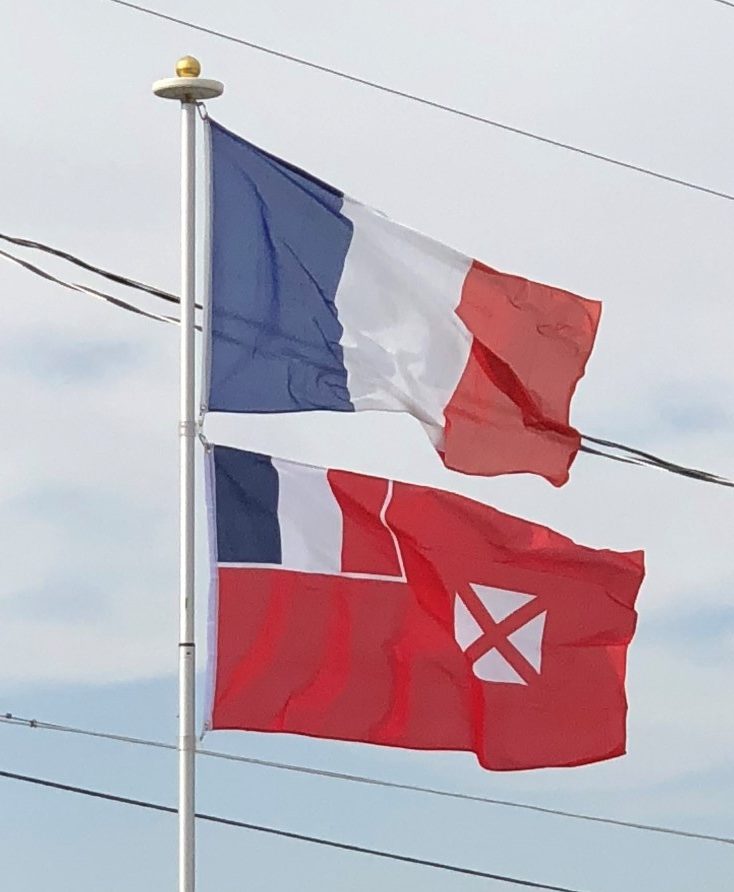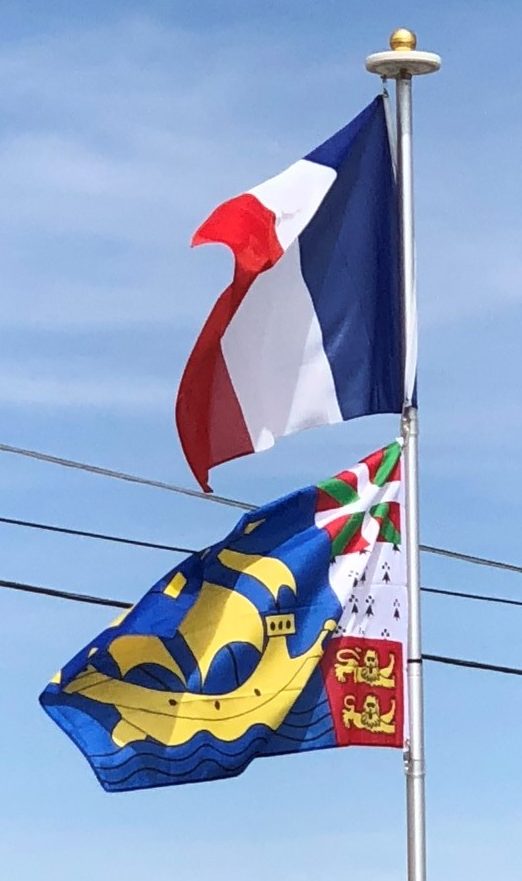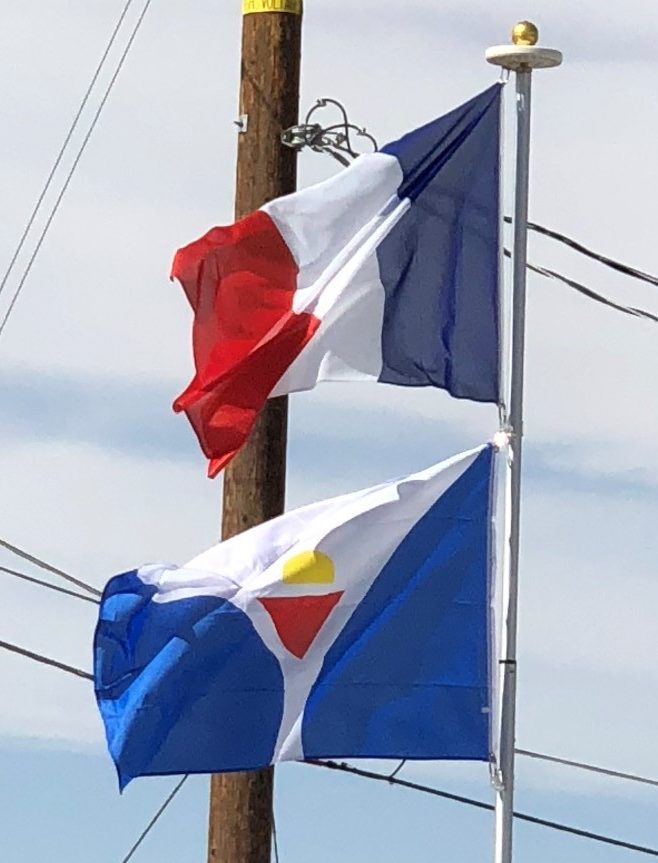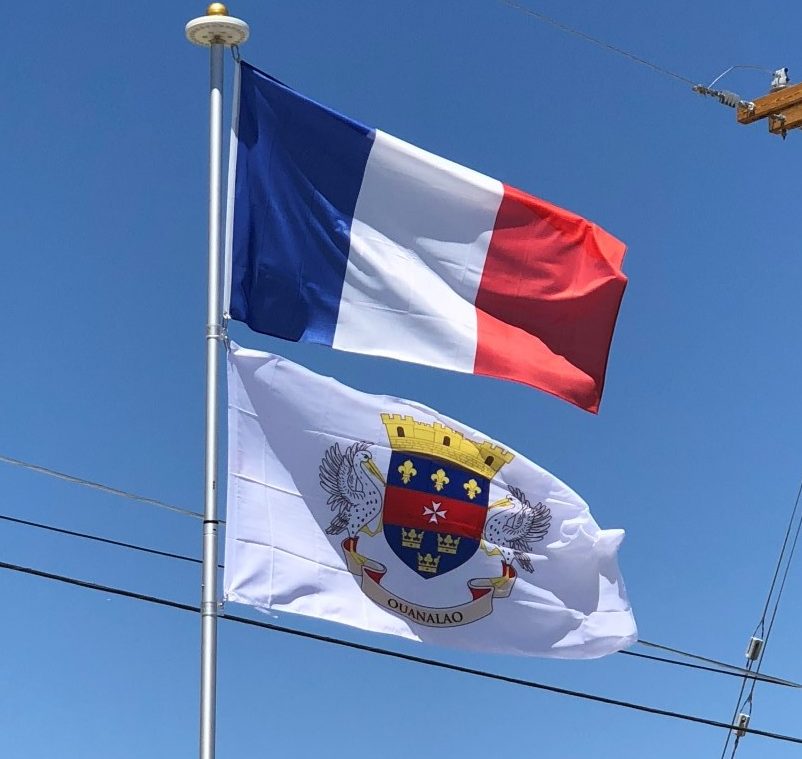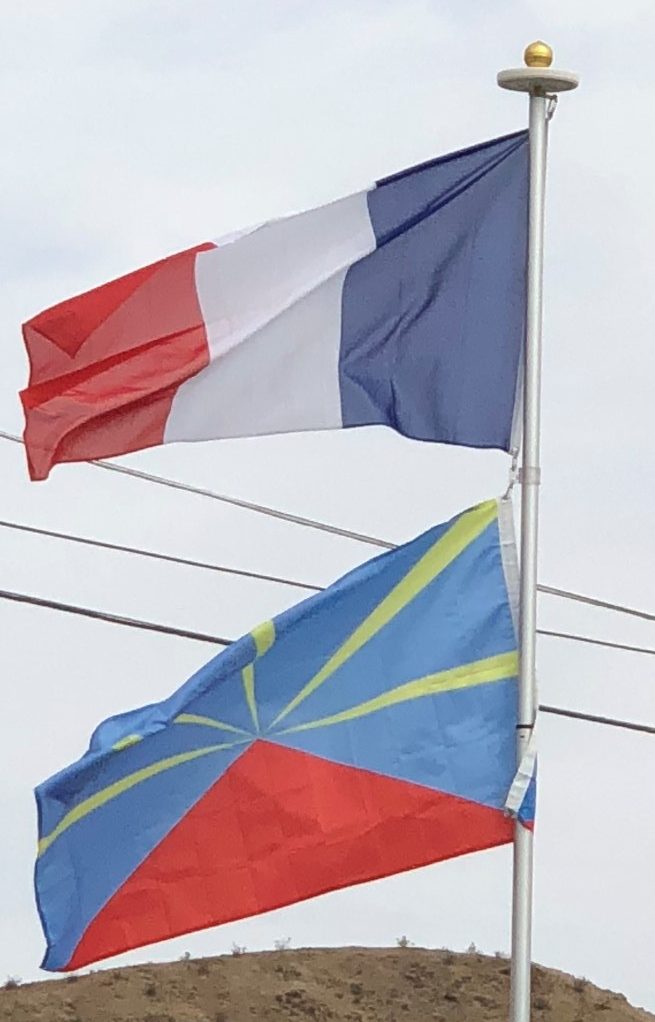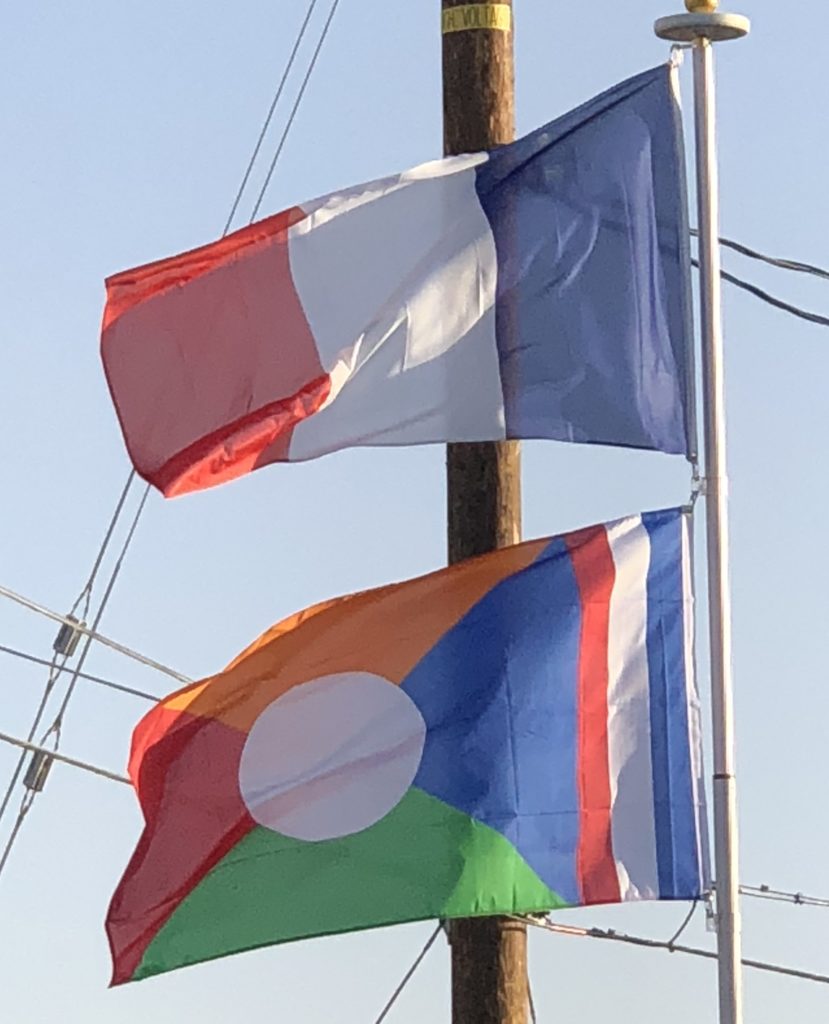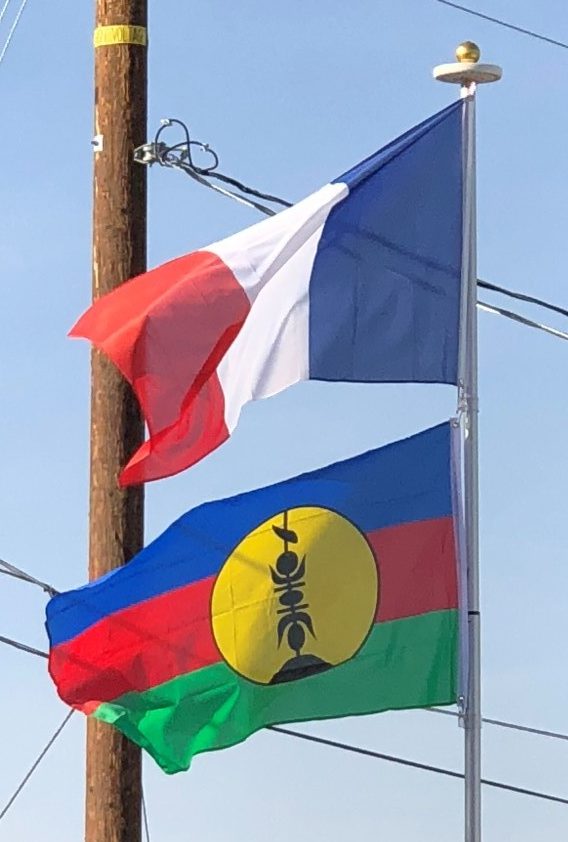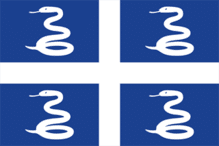french overseas territories
United Nations
The United Nations (UN) is an intergovernmental organization that was tasked to maintain international peace and security, develop friendly relations among nations, achieve international co-operation and be a centre for harmonizing the actions of nations. The headquarters of the UN is in Manhattan, New York City, and is subject to extraterritoriality. Further main offices are situated in Geneva, Nairobi, and Vienna. The organization is financed by assessed and voluntary contributions from its member states. Its objectives include maintaining international peace and security, protecting human rights, delivering humanitarian aid, promoting sustainable development and upholding international law. The UN is the largest, most familiar, most internationally represented and most powerful intergovernmental organization in the world. In 24 October 1945, at the end of World War II, the organization was established with the aim of preventing future wars. At its founding, the UN had 51 member states; there are now 193. The UN is the successor of the ineffective League of Nations.
Wallis and Futuna Islands – Where in the World Are They?
Communication costs are high, costing up to ten times as much as in western countries. The island of Wallis has about 62 mi of roadways, of which 16 are paved, while the island of Futuna has only 12 mi and none are paved. The territory has two main ports and harbours, Mata-Utu and Leava (on the island of Futuna), that support its merchant marine fleet consisting of three ships (two passenger ships and a petroleum tanker).
There are two airports, Hihifo Airport on Wallis and Pointe Vele Airport on Futuna. New Caledonia-based Aircalin operates the only commercial flights that go to Wallis, where it has an office in Mata-Utu. From Wallis it is possible to fly on, or back as the actual case happens to be, to Futuna.
The Mysterious Islands of Saint Pierre and Miquelon
The official flag of Saint Pierre and Miquelon, as is true of all of Overseas France, is the French Tricolour. However, there is a local and unofficial flag that is seen in use and that is the flag we were flying today. The unofficial flag was designed in 1982, likely by a local business owner, André Paturel. The flag is based on the Collectivity’s coat of arms. The flag is blue with a yellow ship, said to be Grande Hermine, which brought Jacques Cartier to Saint-Pierre on 15 June 1536. Three square fields placed along the hoist recall the origin of most inhabitants of the islands, from top to bottom, Basques, Bretons, and Normans.
Half An Island – Saint Martin
Interestingly, Saint Martin is the only island thus divided by two colonial powers. Cyprus remains divided but one half of the island is operated as an independent nation. The French and British jointly administered the New Hebrides Islands, now the independent nation of Vanuatu, but there was no boundary line on any island or area, instead the entire island group was jointly, if confusingly, administered by both nations. Saint Martin stands unique in terms of being an island divided into separate overseas territories of European powers.
Hideaway for the Rich and Famous – St. Barthélemy
As happened frequently among the Caribbean islands of France, the British took over briefly in 1758. The French in turn gave Saint Barthélemy to Sweden in exchange for French trading rights in Gothenburg. With this transfer the island’s fortunes changed for the better. The Swedes ushered in a time of progress and prosperity as the Swedes declared Gustavia a free port, which made it a favored port for the trading of European goods, including contraband items.
And Yet MORE Flags of Réunion
In the previous post, I noted that Réunion has several unofficial flags in addition to the one profiled. Actually, although I …
Réunion Island – A Bit of France in the Indian Ocean
Colonization started in 1665, when the French East India Company sent the first settlers. “Île de la Réunion” was the name given to the island in 1793 to commemorate the union of revolutionaries from Marseille with the National Guard in Paris. This renaming also eliminated a reference to the deposed Bourbon dynasty. Later, the island would be renamed yet again, this time “Île Bonaparte”, after Napoleon Bonaparte.
The island came under the control of the British Navy in 1810 but was returned to France by treaty in 1815. In 1848 the island was officially renamed “Île de la Réunion”.
Between the 17th and 19th centuries, a program of colonization by French citizens as well as the importation of Africans, Chinese, and Indians as slaves, a diversity of ethnicities was present from early times. The colony abolished slavery on 20 December 1848. Afterward, many of the foreign workers came as indentured workers.
Nickel Island – The Flag of New Caledonia
As is true of all component territories of Overseas France, the only official flag is the French tricolor. However, there is an unofficial flag that may be seen flying in New Caledonia and this is the flag we flew today on our own flagpole. This flag was approved in July 2010 by the Congress of New Caledonia.
The blue symbolizes the sky and the ocean surrounding New Caledonia. The red symbolizes the blood shed by the Kanaks in their struggle for independence. The green symbolizes the land itself. The yellow disc is a representation of the sun and the symbol upon it consists of a flèche faitière, a kind of arrow that adorns the roofs of Kanak houses thrust through tutut shells.
Today’s Flag – Martinique
The unofficial flag of Martinique has a rich and long history. The flag first appeared in August of 1766. The flag was required on French vessels originating in Martinique and resembles some of the military insignia of France. The snakes depict the highly venomous fer-de-lance snake which is native to Martinique.
